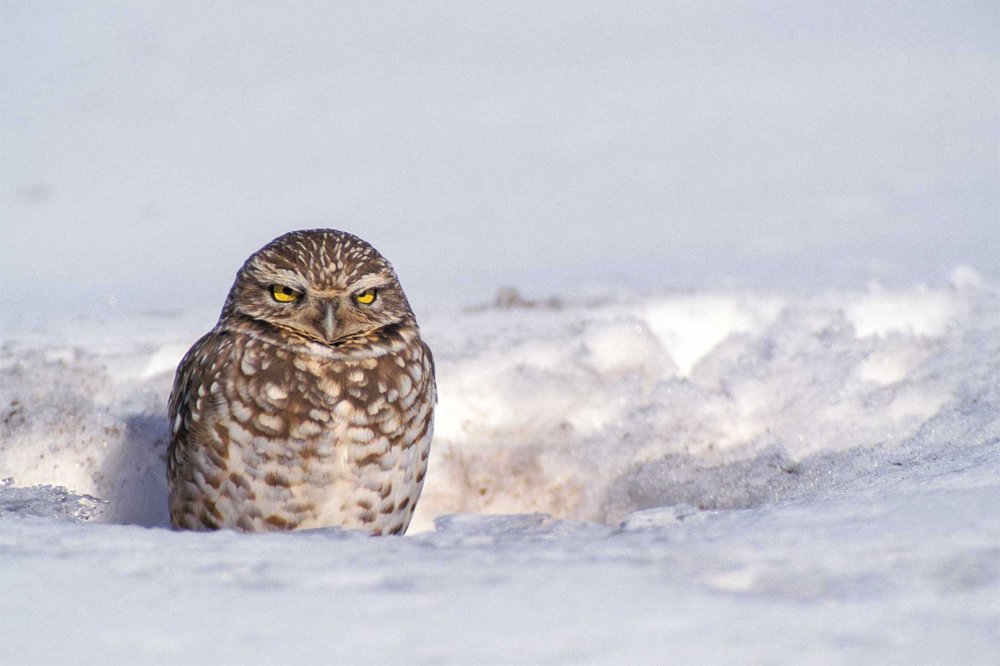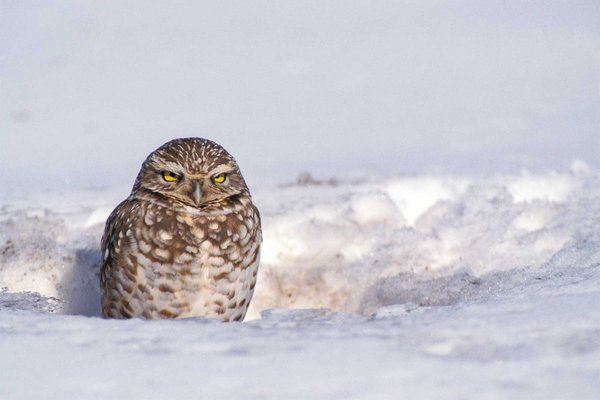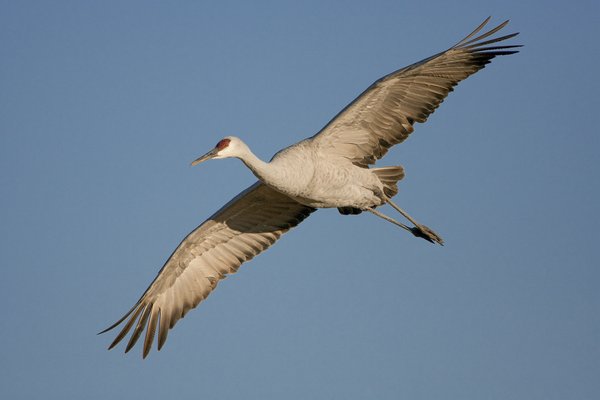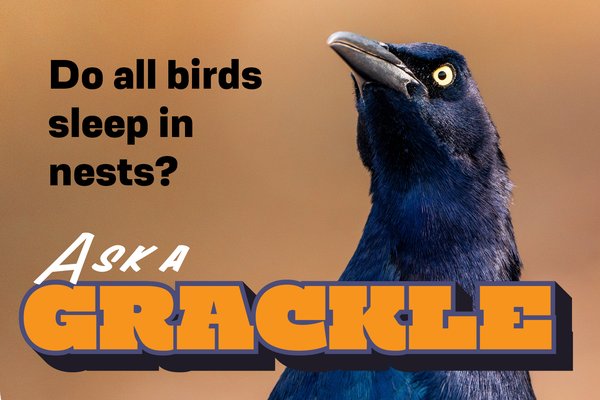Years from now, we’ll be telling our grandchildren about the big winter storm of 2021.
How we nearly froze in our own homes with no power or heat for an entire week. How we melted snow for water and sat in our cars to run the heater and check the outside world on our phones. How the birds frantically mobbed our feeders when snow blanketed every morsel of natural food and how every green thing looked dead when the snow finally melted.
Winter Storm Uri was the event’s official name, though it was nicknamed Snowmaggedon. Uri dragged an arctic wrecking ball southward through the nation in mid-February, leaving at least 223 people dead, 210 of them perishing in Texas.
The storm also had significant impacts on wildlife, plants and the state’s natural ecosystems. In addition to the unfolding human tragedy, Texas wildlife — from cold-stunned turtles to saltwater fish kills to bat die-offs — was struggling to survive the unusually long and brutal storm.
One year later, we look back at the storm’s impact on our wildlife and the response from the Texas Parks and Wildlife Department and partners.
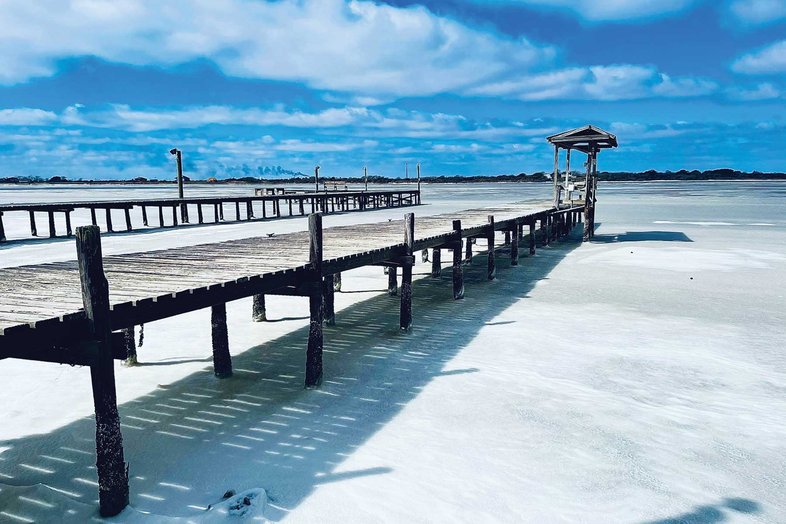
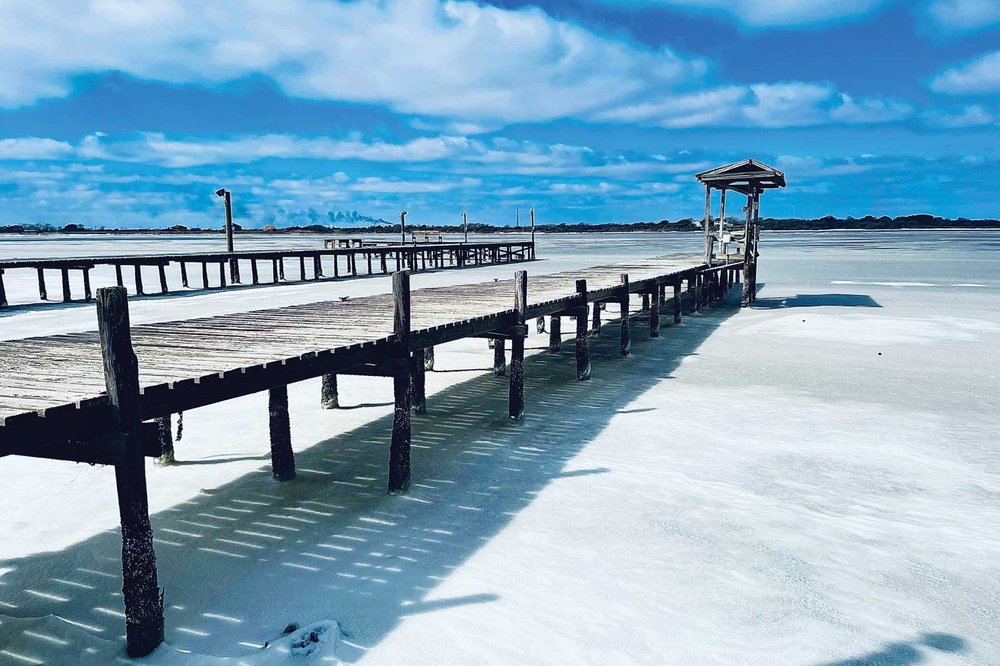
Carancahua Bay and most of the rest of Texas were blanketed by snow and freezing weather.
TPWD
Carancahua Bay and most of the rest of Texas were blanketed by snow and freezing weather.
TPWD
HISTORICAL WEATHER
It’s been colder in Texas before and it’s snowed more before, but it was the cumulative effect of “so cold for so long with so much snow” that made Uri pack such a wallop.
Texas state climatologist John Nielsen-Gammon considers the storm’s historical perspective.
“Uri was one of the top five winter storms in Texas in terms of amount of snow and the amount of the state affected,” he says. “And that of course comes at the same time we had extreme temperatures. The event was unusual not just for how cold it got but also for how long it stayed cold.”
Just about every place in the state had the coldest temperatures for 30 years, with parts of East Texas recording the coldest temperatures since about 1890, when Texas started keeping reliable weather records.
The only place spared from Uri? A pocket of Texas that includes El Paso, due to topography.
INATURALIST
When TPWD wildlife biologists started receiving calls about animal deaths, they made a quick decision to utilize a burgeoning brigade of citizen scientists on iNaturalist (a global platform/app hosted by the California Academy of Sciences and co-funded by National Geographic).
“In pretty early stages, we started getting calls about cold-stunned sea turtles and then started getting more calls about impacts to other organisms,” says Tania Homayoun of TPWD’s Texas Nature Trackers Program.
With a few social media posts and press releases, they were able to connect with more than 700 volunteer community scientists with very little time and planning.
“We gathered 3,069 observations of 254 species, very likely making this the most well-documented large-scale wildlife mortality event in state history, if not nationally,” says state mammalogist Jonah Evans.
While there were certainly associated die-offs from other severe winter storms in Texas, there was no ability to monitor wildlife impacts on a statewide scale. People likely encountered dead animals here and there but had no way to contribute this information into a single centralized database like iNaturalist.
“We’re now able to connect the dots and understand the landscape-level effects of these events in a way that was previously just not possible,” Evans says.
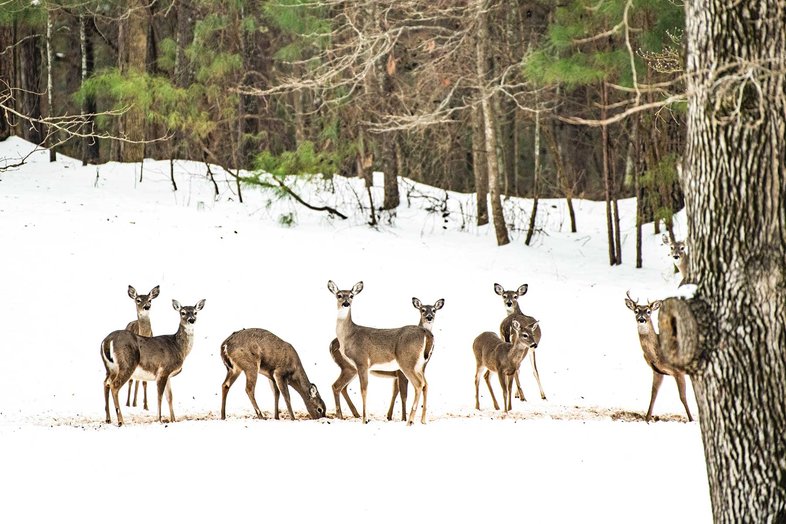
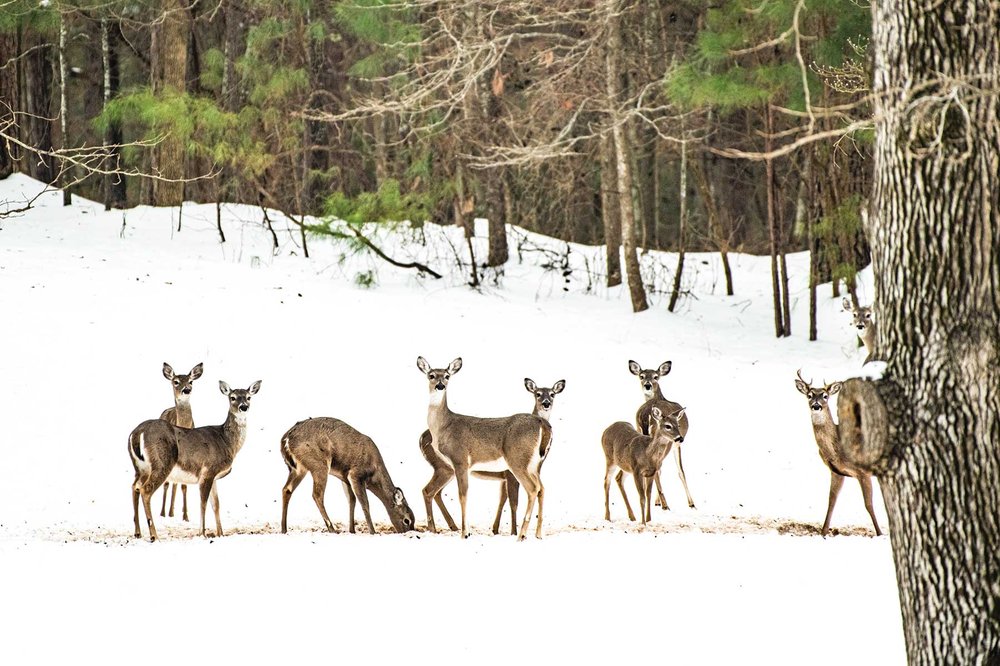
Losses of white-tailed deer were not widespread (exotics fared worse)
Sandy Dunham Photography
Losses of white-tailed deer were not widespread (exotics fared worse)
Sandy Dunham Photography
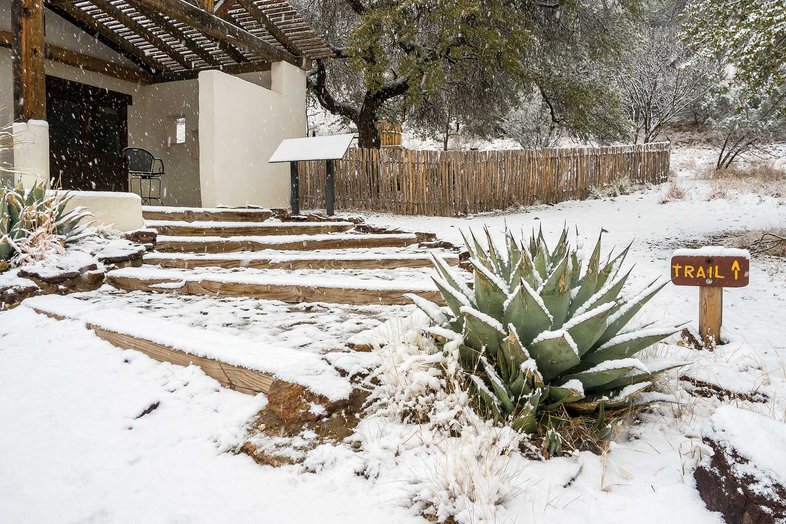

Davis Mountains and other parks experienced snowfall, and most state parks closed temporarily.
Lee Hoy
Davis Mountains and other parks experienced snowfall, and most state parks closed temporarily.
Lee Hoy
WE MADE IT
One year later, Texans can find hope in every species that’s borne new fruit and leaves or eggs and babies. Biologists are taking lessons learned from Uri to improve our stewardship of Texas’ wild things and places.
“Nature is very resilient,” Hensley says. “The fish are going to recover. The turtles will recover. It won’t be instantaneous; it will take time. If some of the plants were damaged, they will hopefully recover, too. Insects are out and about; wildflowers are blooming. Species will recover with time.”
How can we help? Go to iNaturalist.org and snap a picture of a wild thing in your own backyard.
“The act of being able to take action in the face of something so large and overwhelming was almost therapeutic for many people,” Evans says. “Even if you’re not able to change large swaths of habitat on your own, this (iNaturalist observations) is something anyone can do.”
